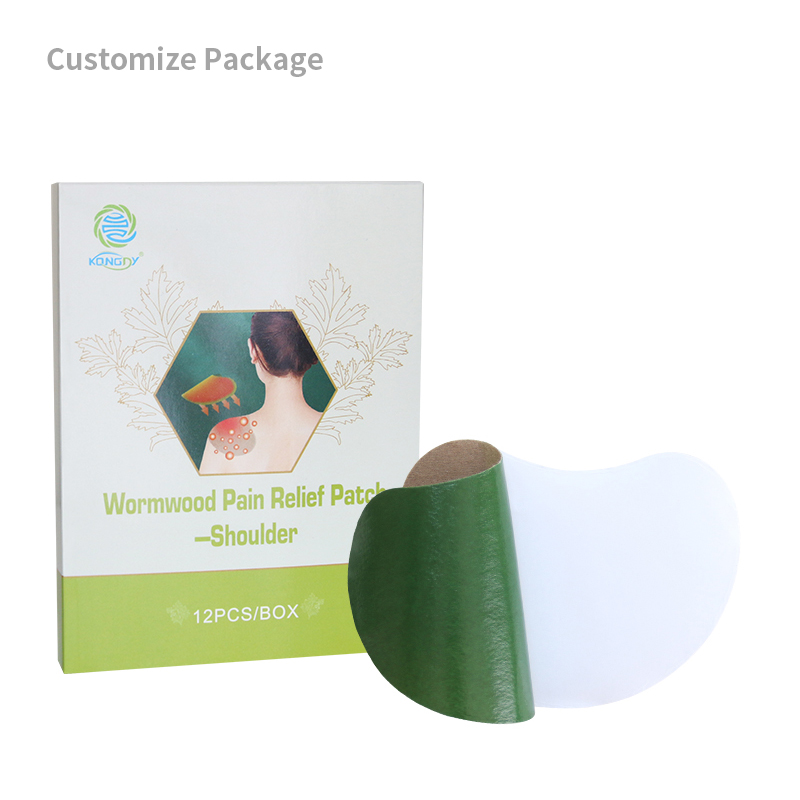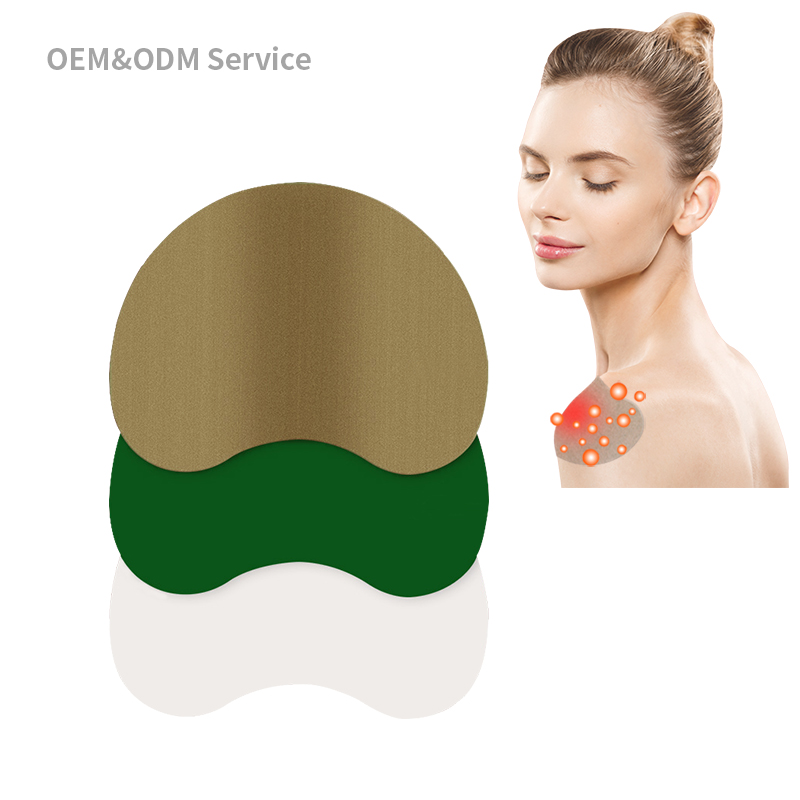The Role of Quality Control in Shoulder Pain Patches OEM Production
The production of shoulder pain patches, especially through OEM (Original Equipment Manufacturer) channels, demands rigorous quality control to ensure efficacy, safety, and market competitiveness. As a key player in the healthcare market, a shoulder pain patches manufacturer must adhere to stringent quality standards to meet both regulatory requirements and consumer expectations. This article delves into the critical role of quality control in the production of shoulder pain patches, emphasizing the significance of these practices in custom shoulder pain patches, private label shoulder pain patches, and other related OEM products.

Understanding Quality Control in OEM Production
Quality control (QC) in OEM production is a comprehensive process that involves various stages, from the procurement of raw materials to the final inspection of finished products. For shoulder pain patches OEM production, the QC process is particularly vital due to the direct impact these products have on consumer health.
Key Aspects of Quality Control in Shoulder Pain Patches Production
Raw Material Inspection:
- Selection of Raw Materials: The efficacy of shoulder pain patches largely depends on the quality of raw materials used. Therefore, a reputable shoulder pain patches supplier conducts thorough inspections to ensure that all materials meet the required standards.
- Testing for Purity and Potency: Ingredients such as menthol, capsaicin, and other active components are tested for purity and potency to guarantee that each patch delivers the intended therapeutic effect.
Manufacturing Process Control:
- Adherence to GMP: Good Manufacturing Practices (GMP) are critical in maintaining high-quality standards. Custom shoulder pain patches manufacturers must ensure their production processes comply with GMP guidelines to avoid contamination and ensure consistency.
- In-Process Quality Checks: Continuous monitoring during the manufacturing process helps identify and rectify issues in real-time, thus maintaining the quality and integrity of the shoulder pain patches.
Product Testing:
- Physical and Chemical Testing: Finished shoulder pain patches undergo rigorous physical and chemical testing to ensure they meet predefined specifications, such as adhesion, drug release rate, and overall stability.
- Microbiological Testing: Since patches are applied directly to the skin, microbiological testing is essential to ensure they are free from harmful bacteria and other pathogens.
Packaging and Labeling:
- Integrity of Packaging: Proper packaging is crucial to protect shoulder pain patches from environmental factors that could degrade their quality. QC teams must verify that packaging materials are durable and provide adequate protection.
- Accurate Labeling: Labels must accurately reflect the product's contents, usage instructions, and expiration dates. This is particularly important for private label shoulder pain patches to maintain brand integrity and consumer trust.
Regulatory Compliance:
- FDA and Other Regulatory Bodies: Shoulder pain patches manufacturers must ensure their products comply with the regulations set forth by authorities such as the FDA. This includes meeting specific criteria for safety, efficacy, and marketing.
- Documentation and Traceability: Maintaining thorough documentation and traceability throughout the production process is essential for regulatory compliance and quality assurance.
The Benefits of Stringent Quality Control
Implementing robust quality control measures offers several benefits to shoulder pain patches OEM manufacturers:
- Enhanced Product Safety: Ensuring that products are safe for consumer use is paramount. Rigorous QC reduces the risk of adverse reactions and recalls.
- Improved Efficacy: High-quality raw materials and precise manufacturing processes result in more effective shoulder pain patches, leading to better consumer satisfaction and repeat business.
- Brand Reputation: Consistently delivering high-quality products enhances the manufacturer's reputation and fosters trust among consumers and partners.
- Regulatory Approval: Adhering to stringent quality standards facilitates smoother regulatory approvals, expanding market access and reducing legal risks.
Common Challenges in Quality Control
Despite the clear benefits, maintaining high standards of quality control in shoulder pain patches OEM production is not without challenges:
- Supply Chain Variability: Fluctuations in the quality and availability of raw materials can impact production consistency.
- Technological Limitations: Advanced testing and manufacturing technologies are essential but can be costly and require specialized knowledge.
- Regulatory Changes: Keeping up with evolving regulatory standards requires continuous monitoring and adaptation.
Future Trends in Quality Control for Shoulder Pain Patches
The future of quality control in shoulder pain patches OEM production is likely to be shaped by technological advancements and evolving regulatory landscapes:
- Automation and AI: Implementing automation and AI in QC processes can enhance accuracy and efficiency, reducing human error and speeding up production.
- Advanced Analytics: Utilizing big data and advanced analytics can provide deeper insights into quality trends and help preempt potential issues.
- Sustainable Practices: Increasing focus on sustainability will drive the adoption of eco-friendly materials and processes, aligning with global environmental goals.
Frequently Asked Questions
What is the importance of quality control in shoulder pain patches production?
- Quality control ensures the safety, efficacy, and consistency of shoulder pain patches, which is crucial for consumer health and regulatory compliance.
How do manufacturers ensure the quality of raw materials for shoulder pain patches?
- Manufacturers conduct thorough inspections and testing for purity, potency, and safety of raw materials before using them in production.
What role does packaging play in the quality control of shoulder pain patches?
- Packaging protects the patches from environmental factors and ensures they remain effective until used. It also includes labeling, which provides essential information to consumers.
How do regulatory requirements impact the production of shoulder pain patches?
- Compliance with regulatory requirements ensures that the patches meet safety and efficacy standards, facilitating market approval and consumer trust.
What are the challenges faced in maintaining quality control in shoulder pain patches production?
- Challenges include supply chain variability, technological limitations, and keeping up with regulatory changes.
By understanding and addressing these aspects, shoulder pain patches manufacturers, suppliers, and OEM producers can ensure the delivery of high-quality products that meet consumer needs and regulatory standards.






